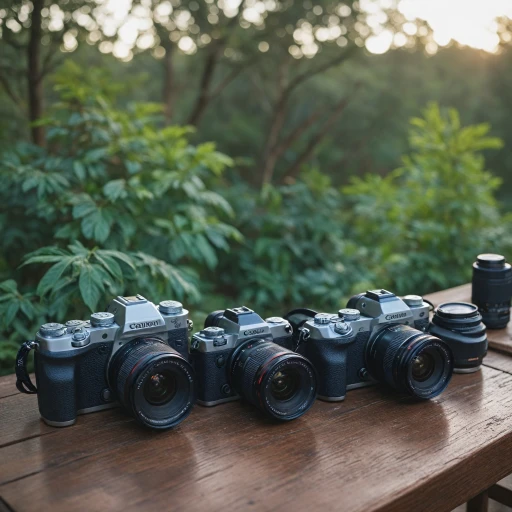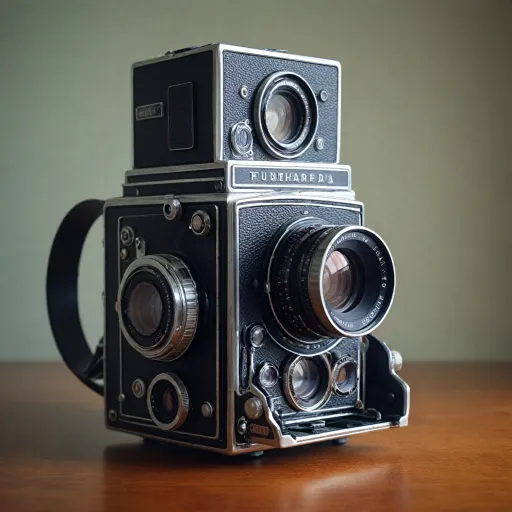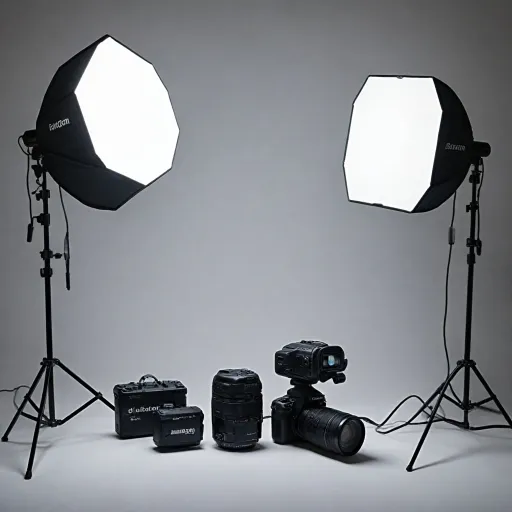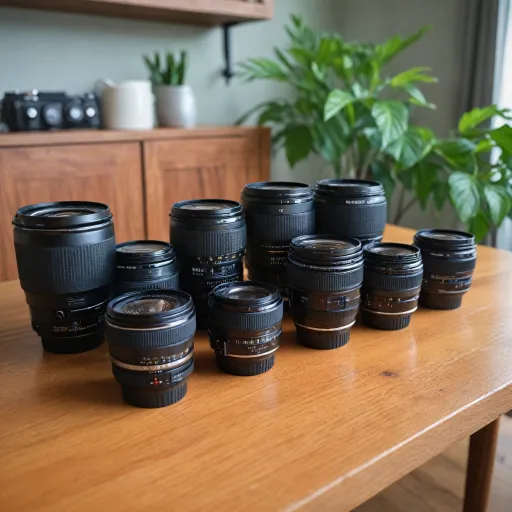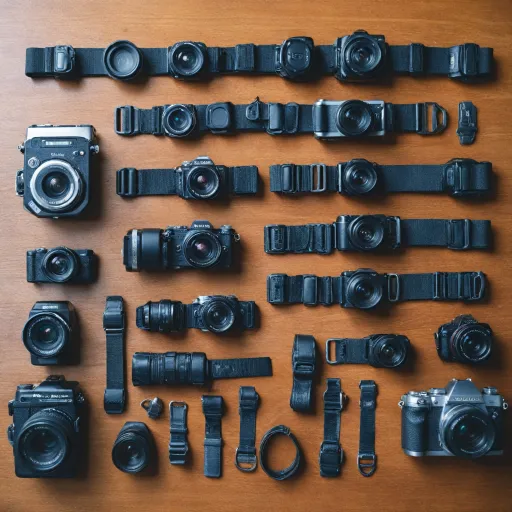
Understanding HDMI RF modulators and their role in digital camera setups
What is an HDMI RF Modulator and Why Use One?
When working with digital cameras, you may come across situations where you need to display your camera’s HDMI video output on older televisions or distribute the signal across multiple screens using coaxial cable. This is where an HDMI RF modulator becomes essential. It acts as a bridge, converting the digital HDMI signal from your camera into an analog RF signal that can be transmitted over coaxial cables to TVs or monitors that accept VHF/UHF or NTSC format signals.
How HDMI RF Modulators Work in Camera Setups
HDMI RF modulators, sometimes called hdmi modulators or hdmi coax converters, take the high-definition digital video and audio from your camera’s HDMI output and convert it into a format compatible with older analog systems. This process involves several steps:
- The modulator receives the HDMI signal from your camera via an hdmi cable or adapter hdmi.
- It processes the digital video and audio, converting them into an analog RF signal.
- The RF signal is then sent through a coaxial cable (sometimes called coax) to the TV or distribution system.
- Some modulators support additional formats like ATSC DVB, QAM ATSC, or DVB ISDB for international compatibility and digital broadcasting.
This conversion is particularly useful in environments where you need to deliver your camera’s live feed to multiple rooms or older displays, such as in schools, houses of worship, or community centers located in the United States or abroad (with options for international shipping).
Types of HDMI RF Modulators and Related Devices
There are several types of modulators and converters available, each with unique features:
- HDMI to RF modulators for direct HDMI to coaxial conversion
- HDMI to RCA HDMI converters for analog composite video output
- SDI to RF modulators for cameras with SDI outputs
- Devices supporting VHF UHF channels, NTSC format, and format output selection
- Some models include remote control for channel selection and settings
When choosing a modulator, consider factors like price, delivery options, and whether the items are located in your region for faster shipping. Many products ship from the United States, but check for international shipping if needed.
Why Modulators Matter for Digital Camera Users
Using a modulator hdmi or coaxial converter is not just about compatibility. It’s about maximizing the flexibility of your digital camera setup, especially when you need to integrate with legacy systems or distribute video over long distances. For those interested in expanding their camera gear, exploring options like the Leica Summicron SL 35mm F2 ASPH lens can further enhance your video production capabilities.
When you need an HDMI RF modulator for your digital camera
Scenarios Where an HDMI RF Modulator Is Essential
There are specific situations when using an HDMI RF modulator with your digital camera becomes necessary. Understanding these scenarios can help you decide if investing in a modulator, converter, or adapter is the right move for your video delivery setup.
- Older TVs or Monitors: If your display device only accepts coaxial (RF) input and lacks HDMI ports, a modulator hdmi or coaxial converter bridges the gap. This is common in many institutions, hotels, or older homes in the United States and internationally.
- Long-Distance Signal Distribution: HDMI cables have distance limitations. If you need to send your camera’s digital video and audio signal over long runs, converting HDMI to coax allows you to use affordable coaxial cable, which is more reliable for extended distances and easier to route through walls.
- Broadcasting to Multiple TVs: For events, security setups, or educational environments, you may want to display your camera’s feed on several TVs at once. An HDMI modulator can distribute the signal over a coax network, supporting multiple receivers on VHF UHF or NTSC format channels.
- Integrating with Legacy Systems: Some venues still rely on analog or SDI infrastructure. Using a modulator vhf or converter cvbs enables compatibility with these systems, ensuring your digital camera’s output is accessible regardless of the existing format output.
- Compliance with Broadcast Standards: In regions using ATSC DVB, QAM ATSC, or DVB ISDB standards, modulators are often required to convert HDMI signals for proper delivery and compatibility with local broadcast equipment.
When considering a modulator or HDMI converter, factors like price, shipping options (including international shipping), and whether the items are located in the United States can influence your purchase. Some modulators come with remote control features, support for RCA HDMI, and multiple format outputs, making them versatile for various setups.
For more on maintaining your camera’s performance before connecting it to any adapter or modulator, check out this guide on how to properly clean your astro camera for optimal performance.
How to connect your digital camera to a TV using an HDMI RF modulator
Step-by-step guide to connecting your camera to a TV
Connecting your digital camera to a TV using an HDMI RF modulator can be straightforward if you follow the right steps. This setup is especially useful when your TV only has a coaxial input or you need to distribute the video signal to multiple screens over coax cable. Here’s how you can do it:- Check your camera’s output: Most modern digital cameras have an HDMI output. Make sure you have the correct HDMI cable that fits your camera’s port. Some cameras may require a mini or micro HDMI to standard HDMI adapter.
- Connect the HDMI cable: Plug one end of the HDMI cable into your camera’s HDMI port. The other end goes into the HDMI input on your HDMI RF modulator.
- Set up the modulator: Your modulator converts the HDMI signal from your camera into an RF signal. Connect a coaxial cable from the modulator’s RF output to your TV’s coax input. If your TV is located far from the camera, coaxial cable is ideal for long-distance delivery without significant signal loss.
- Configure the modulator: Use the modulator’s remote control or onboard buttons to select the output channel (VHF or UHF). Make sure the channel you choose does not interfere with existing broadcast channels in your area. Some modulators support ATSC, DVB, or NTSC format output—choose the one compatible with your TV.
- Power on and tune your TV: Turn on your camera, modulator, and TV. Set your TV to the channel you selected on the modulator. You should now see your camera’s video feed on the TV screen. If you don’t, double-check all cable connections and ensure the modulator is set to the correct format (QAM, ATSC, or NTSC).
Tips for optimal video and audio quality
- Use high-quality HDMI and coaxial cables to minimize signal loss, especially for longer cable runs.
- If your modulator supports audio embedding, make sure your camera’s audio output is enabled. Some modulators accept analog RCA HDMI audio or digital audio via HDMI.
- For professional setups, consider modulators with SDI or advanced format output for better compatibility and signal integrity.
What to consider for installation and shipping
When choosing a modulator, check if the product ships to your location, especially if you are outside the United States. Some items offer international shipping, while others are only available for delivery within the United States. Price, shipping options, and whether the seller is located domestically or internationally can affect your purchase decision. For more details on mounting and securing your camera setup, you might find this guide on understanding the role of the 1/4-20 screw in digital cameras helpful.Quick reference table: Typical connections and formats
| Component | Connection Type | Format Output |
|---|---|---|
| Digital Camera | HDMI, sometimes SDI | Digital video & audio |
| HDMI RF Modulator | HDMI in, Coaxial out | ATSC, DVB, NTSC, QAM |
| TV | Coaxial (RF), sometimes RCA HDMI | Analog or digital TV signal |
Key features to look for in an HDMI RF modulator for digital cameras
Essential Specifications for Reliable Signal Conversion
When selecting an HDMI RF modulator for your digital camera, it’s important to focus on features that ensure smooth video and audio delivery. Not all modulators or converters are created equal, and the right choice can make a big difference in your setup’s performance and compatibility.- Supported Video Formats: Check if the modulator supports the video output format of your camera, such as NTSC, ATSC, DVB, or ISDB. This is crucial for compatibility with TVs in the United States or international locations.
- Audio Handling: Look for modulators that support both analog and digital audio. Some units offer RCA HDMI or coaxial audio connections, which can be important depending on your TV or sound system.
- Input and Output Ports: A good modulator should have HDMI input and coaxial output. Some models also offer SDI or adapter HDMI options, allowing for more flexible connections. An HDMI converter or coaxial converter can help bridge gaps between different devices.
- Channel Range: VHF, UHF, and QAM ATSC support let you choose the right channel for your TV. This is especially useful if you need to avoid interference with other items or signals in your setup.
- Remote Control and User Interface: Many modern HDMI modulators include a remote control for easy channel and format output adjustments. This can save time during setup and troubleshooting.
- Build Quality and Reliability: Consider where the modulator is located or ships from. Products with reliable delivery and shipping, especially those located in the United States, may offer better support and warranty options.
- Price and Value: Compare the price of different modulators, keeping in mind the features you need. Sometimes, international shipping or additional adapters (like converter CVBS or HDMI cable) can affect the total cost.
Additional Considerations for Professional Use
If you’re working in a professional environment or need to connect multiple cameras, look for HDMI modulators that support multiple format outputs and have robust coaxial cable compatibility. Some advanced models offer ATSC DVB or modulator VHF support for broader broadcast applications. Always check if the modulator hdmi or adapter hdmi you choose is compatible with your existing equipment. Reading product reviews and verifying supported items can help you avoid common issues and ensure a smooth setup.Common issues and troubleshooting tips
Troubleshooting HDMI RF Modulator Setups
Using an HDMI RF modulator with your digital camera can be straightforward, but sometimes issues arise. Here are some common problems and practical solutions to help you get the best video and audio delivery from your setup.- No Signal on TV
- Double-check that your HDMI cable is securely connected between the camera and the modulator.
- Make sure the modulator is set to the correct channel (VHF or UHF) that matches your TV input.
- Confirm that your TV is set to the same format output as the modulator (NTSC format is standard in the United States).
- If you are using a coaxial converter or adapter, ensure all coax cables are firmly attached.
- Double-check that your HDMI cable is securely connected between the camera and the modulator.
- Poor Video Quality or No Audio
- Inspect the HDMI cable and coaxial cable for damage or loose connections.
- Some modulators support only analog audio, so check if your camera’s audio output matches the modulator’s input.
- Adjust the modulator’s settings for resolution and audio format to match your camera’s output.
- If using an HDMI converter or adapter HDMI, verify compatibility with your camera’s signal type (SDI, CVBS, or RCA HDMI may require specific converters).
- Inspect the HDMI cable and coaxial cable for damage or loose connections.
- Remote Control Not Responding
- Replace the batteries in the remote control.
- Ensure there is a clear line of sight between the remote and the modulator.
- Some modulators may require pairing or setup for the remote to function.
- Replace the batteries in the remote control.
- Compatibility Issues
- Not all HDMI modulators support every camera or TV. Check the supported formats (ATSC DVB, QAM ATSC, DVB ISDB) before purchase.
- For international shipping or use outside the United States, confirm the modulator supports your region’s broadcast standards.
- Not all HDMI modulators support every camera or TV. Check the supported formats (ATSC DVB, QAM ATSC, DVB ISDB) before purchase.
- Shipping and Delivery Concerns
- When ordering modulators, converters, or adapters, verify if the seller ships to your location and check the estimated delivery times.
- Some items may be located in different regions, affecting shipping speed and price.
- When ordering modulators, converters, or adapters, verify if the seller ships to your location and check the estimated delivery times.
| Issue | Possible Cause | Solution |
|---|---|---|
| No signal | Loose cable, wrong channel, incompatible format | Check all cables, set correct channel, match format output |
| Poor video/audio | Damaged cable, mismatched audio type | Replace cables, adjust audio settings, use proper converter |
| Remote not working | Dead batteries, blocked signal | Replace batteries, clear path, pair remote |
| Compatibility | Unsupported format or region | Check modulator specs, confirm with seller |
Alternatives to HDMI RF modulators for digital camera connectivity
Other Ways to Connect Your Digital Camera to a TV
While an HDMI RF modulator is a reliable solution for sending your digital camera’s video and audio signal to older TVs or distribution systems, it’s not the only option available. Depending on your equipment and needs, you might find these alternatives more suitable or cost-effective.
- Direct HDMI Connection: If your TV or monitor has an HDMI input, the simplest method is to use an HDMI cable directly from your camera. This delivers the highest quality digital video and audio without the need for a modulator or converter. Check your camera’s output and TV’s input compatibility.
- HDMI to RCA Converter: For TVs with only RCA (composite) inputs, an HDMI to RCA converter can bridge the gap. This adapter converts the digital HDMI signal to analog composite video and audio. It’s a straightforward solution, though you may lose some image quality compared to HDMI or coaxial connections.
- SDI Converters: Professional setups often use SDI (Serial Digital Interface) for long cable runs or broadcast environments. HDMI to SDI converters allow you to connect your camera to SDI-equipped monitors or switchers. This is more common in studio or event production settings.
- Wireless HDMI Transmitters: For cable-free setups, wireless HDMI transmitters can send your camera’s signal to a TV or projector across the room. These systems are convenient but may introduce latency or require line-of-sight.
- Streaming Devices: If your camera supports USB or network streaming, you can use devices like smart TVs, streaming sticks, or computers to receive and display the video. This method is popular for live delivery and remote viewing, especially when international shipping or remote control is involved.
Considerations When Choosing an Alternative
- Compatibility: Check your camera’s output (HDMI, SDI, analog) and your TV’s input (HDMI, coaxial, RCA, etc.). Not all converters or adapters support every format output, such as ATSC DVB, NTSC format, or QAM ATSC.
- Signal Quality: Digital connections like HDMI and SDI offer better video and audio quality than analog options like RCA or coaxial. If image clarity is a priority, choose the highest quality connection your devices support.
- Distance: For longer cable runs, coaxial and SDI cables are more reliable than HDMI. HDMI cables are best for short distances, while coaxial converter or modulator HDMI solutions are designed for whole-house or building-wide delivery.
- Price and Availability: HDMI modulators, converters, and adapters vary in price and features. Consider your budget, shipping options (such as international shipping or items located in the United States), and whether you need features like remote control or support for VHF UHF channels.
Each alternative has its pros and cons, so assess your setup and needs before choosing. Whether you use a modulator, HDMI converter, or another adapter, ensure your devices are compatible and the solution fits your workflow.


